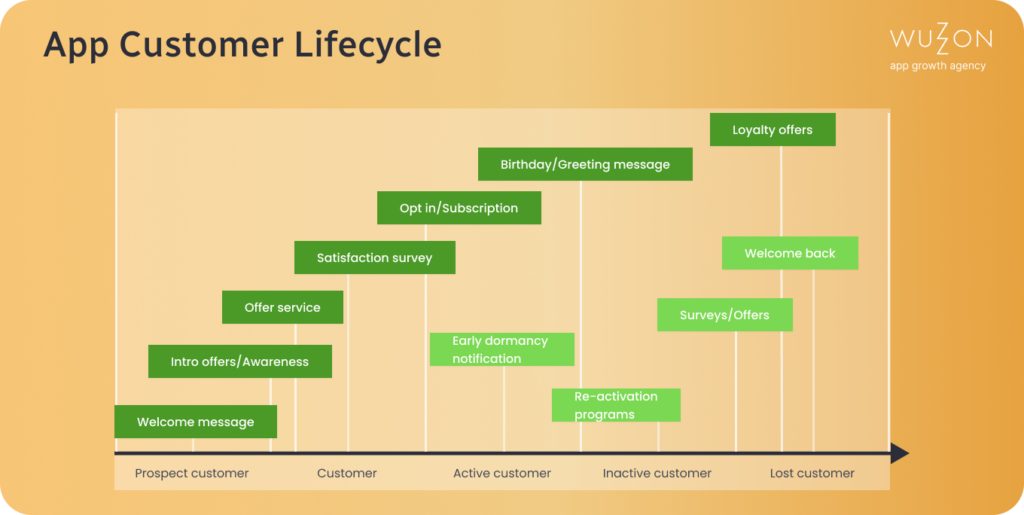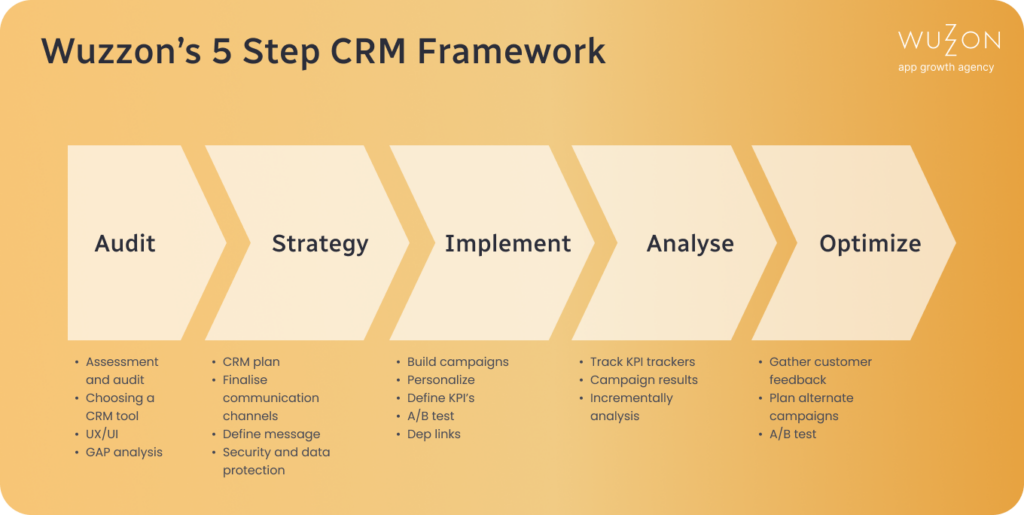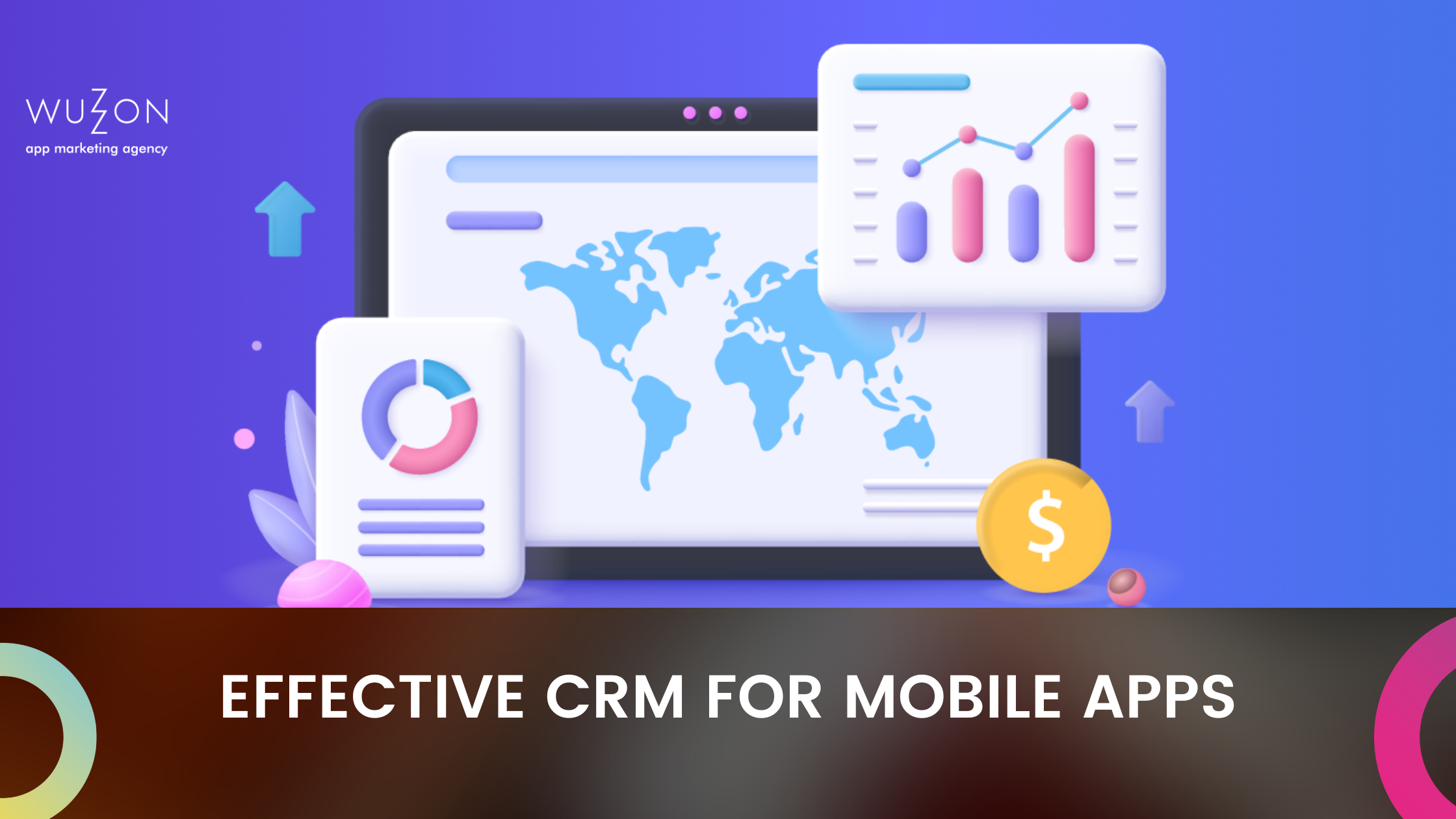“Cracking the Code: The Secret Sauce Behind Successful Mobile CRM Strategies”
Why CRM – Customer Relationship Management (CRM) has become even more important in today’s world due to several key factors
- Increased Competition: In today’s world, businesses face more competition than ever. CRM helps companies differentiate themselves by providing personalised and exceptional customer experiences, fostering loyalty, and retaining customers in a fiercely competitive landscape.
- Data Abundance: In the digital age, businesses have access to vast amounts of customer data. CRM systems help organise and analyse this data to gain insights into customer behaviour. Leveraging this data allows businesses to tailor their products, services, and marketing efforts to meet customer expectations more effectively.
- Changing Customer Expectations: Today’s customers expect personalised and seamless experiences across all touchpoints. CRM enables businesses to deliver personalised interactions and enhance overall satisfaction and loyalty.
- Omni-channel Engagement: Customers interact with businesses through multiple channels, including social media, email, phone, chat, and in-person. CRM systems unify these channels, enabling businesses to provide consistent experience regardless of the communication platform.
- Focus on Customer Retention: It’s often more cost-effective for businesses to retain existing customers than to acquire new ones. CRM helps businesses build stronger relationships with customers, identify at-risk customers, and implement strategies to reduce churn rates, ultimately driving long-term profitability.
- Impact of Social Media: Social media has transformed how customers interact with brands and share their experiences. CRM systems incorporate social media monitoring and engagement tools, allowing businesses to track mentions, respond to customer inquiries and feedback, and leverage social channels to enhance customer relationships and brand reputation.
How is Mobile app CRM different ?
Mobile requires an entirely new set of rules and best practices to help shape a strong customer lifecycle. Mobile experiences include channels and opportunities that don’t exist in the desktop world, so there are different engagement opportunities to consider when working with mobile customers. Given the increasing cost of mobile user acquisition, retention strategies became increasingly important to engage the existing audience, with the aim of improving ROAS (return on ad spend).
It costs seven times more to acquire a new user than to retain an existing one. 25% of the users who download the app use it only once and only 1.7% are still active after 3 months. Moreover, mobile companies invest a great deal in acquiring users who, in the end, do not interact with their products. For this very reason, mobile CRM plays a centric role in app growth strategies.
CRM can make an impact at every stage of an app customer journey
Starting a welcome message post an app download to loyalty offers CRM plays a big role defining the customer journey of your app user.

How can Mobile CRM help you grow your app
- Optimise customer lifetime value
- Improve your mobile customer journey
- Collect more first party data
- Understand how different channels influence customer segments
- Enhance engagement and monetization
- Improve app ratings and reviews
- Identify fans and detractors
- Learn where to allocate your resources
- Gather more feedback from mobile customers
- Build a better product based on customer feedback
- Select better tools for your strategy
- Improve your product and marketing messaging
CRM growth framework for apps – 5 steps to success
Mobile app CRM, as all other activities in mobile marketing, is not something that we set up once and then it’s done. It is rather an iterative process that starts with analysis and is an ongoing process.

1. Audit – Before implementing CRM activities, we need to know our conversion funnel perfectly. That doesn’t mean only knowing what are the most important events for our mobile app, but also at which stage of the funnel the users drop, when, and at what rate.
- Post app download funnel analysis: what are the touch points with the users after they’ve downloaded the app? Are we using them all in the proper way?
- Analysis of the program campaigns: how do we currently communicate?
- Lever identification: based on previous steps, what are we missing? What are the biggest opportunities?
- Tech stack inspection: The right tooling is the key to successful CRM. Partner with industry bests like Clevertap, Braze or OneSignal for app analytics and insights.
- UX / UI evaluation: is the User experience of the app adequate to have a good CRM campaign?
- GAP analysis: what are the gaps in current performance KPIs ?
Only after completing the audit, we can derive the main challenges and opportunities of the current project.
2. Strategy – Once we have a clear understanding of the challenges and the objectives we would like to achieve, it’s time to come up with a precise strategy.
- CRM plan – finalise the CRM plan basis the learning from audit.
- Choose communication channels relevant to your app
- Push notifications: a short warning message appearing on the phone’s lock screen. Particularly useful for time and position-sensitive messages. They require a specific opt-in.
- In-app messages: screens of different dimensions appear directly inside the app when the user opens it or performs a specific action. They don’t require opt-in and work particularly well in combination with Pushes.
- Emails: useful to communicate longer and more articulate messages.
- App-inbox: a screen within an app that stores persistent messages. It’s kind of an email inbox, but it lives inside the app itself.
- Text messages: not used a lot recently, but they can help us reach all the users in a different way.
- Security and data protection – make sure your CRM strategy is aligned with the latest privacy guidelines.
3. Implementation – The strategy alone is not enough to retain users and improve LTV. That’s why we must implement all campaigns carefully. In this phase, the most important things to keep in mind are
- Personalization – customise the messages as much as possible, not only with the users’ names but with all single pieces of information we have about them. For example, use the name of the product they’ve visited in your e-commerce or the specific food they ordered last time in your delivery app. But also be careful with gender, location, and time of the day, with the only objective to make each user feel like we are talking exactly to them.
- A/B test – since the first campaigns, it is absolutely important to start testing different approaches to communication from the beginning to learn and improve every single step of automated communications.
- Use Deep Links: to be more effective and lead the users to the specific page of the app we want them to go to.
4. Analysis – We need to define performance KPI’s and measure them for the below buckets.
- Campaign performance- to understand how our campaign communications are performing like email open rate, push notifications CTR. Those figures directly impact the number of users who will read the messages and convert afterward.
- Campaign effectiveness – usually, those KPIs are represented directly by the conversion rates we want to improve with our activities. Is there a positive effect on the registration rate? Are the users purchasing more? Is the retention rate better after a specific campaign?
- Incremental value – calculate the incremental effect of the CRM campaign in terms of revenue, LTV, and ROI
5. Optimise – enhancing the effectiveness of your CRM campaign is a continuous activity. Apart from internal CRM strategy a lot of external factors also contribute to this like market dynamics, policy changes .
- Test and Iterate– Continuously test different elements of your mobile CRM campaigns, including messaging, timing, frequency, and creative assets. A/B testing can help you identify what resonates best with your audience and optimise campaign performance accordingly.
- Optimise Timing and Frequency– Experiment with different timing and frequency for sending mobile CRM messages to determine the optimal schedule for maximum engagement without overwhelming or irritating your audience. Consider factors like time zone differences and customers’ preferences.
- Adhere to Best Practices– Stay updated with industry best practices and compliance regulations for mobile CRM campaigns, including data privacy laws (e.g., GDPR, CCPA). Ensure that your campaigns follow ethical practices and respect customers’ preferences regarding communication and data usage.
By following these optimization strategies, you can maximise the effectiveness of your mobile CRM campaigns and drive better results in terms of customer engagement, retention, and conversions.
Get Consult Contact Form
"*" indicates required fields



